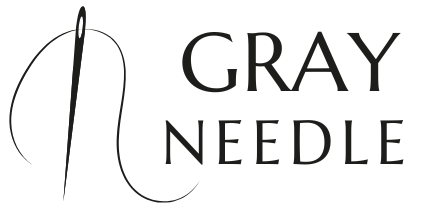When embarking on any quilting project, having the right tools can make a significant difference in your success. The best sewing tips for quilting projects often start with choosing the essentials that cater to both beginners and seasoned quilters alike. Here’s a list of tools you should consider:
- Rotary Cutter: A sharp rotary cutter allows for precise cutting, making it easier to achieve clean edges and accurate shapes.
- Cutting Mat: Pair your rotary cutter with a self-healing cutting mat to protect your surfaces and maintain the sharpness of your blades.
- Quilting Ruler: A clear acrylic quilting ruler helps in measuring and cutting fabric accurately. Look for one with both metric and imperial measurements for versatility.
- Seam Ripper: This essential tool saves you from frustration by making it easy to undo mistakes without damaging your fabric.
- Thread Cutter: Keep a thread cutter handy to snip threads quickly and efficiently, keeping your workspace tidy.
- Iron and Ironing Board: Pressing your seams flat is crucial for achieving a polished look in your quilts.
Having these tools on hand not only enhances your quilting experience but also boosts your confidence in tackling various projects. Visit our website to learn more and get started today! Click here.
Understanding Fabric Types for Quilting
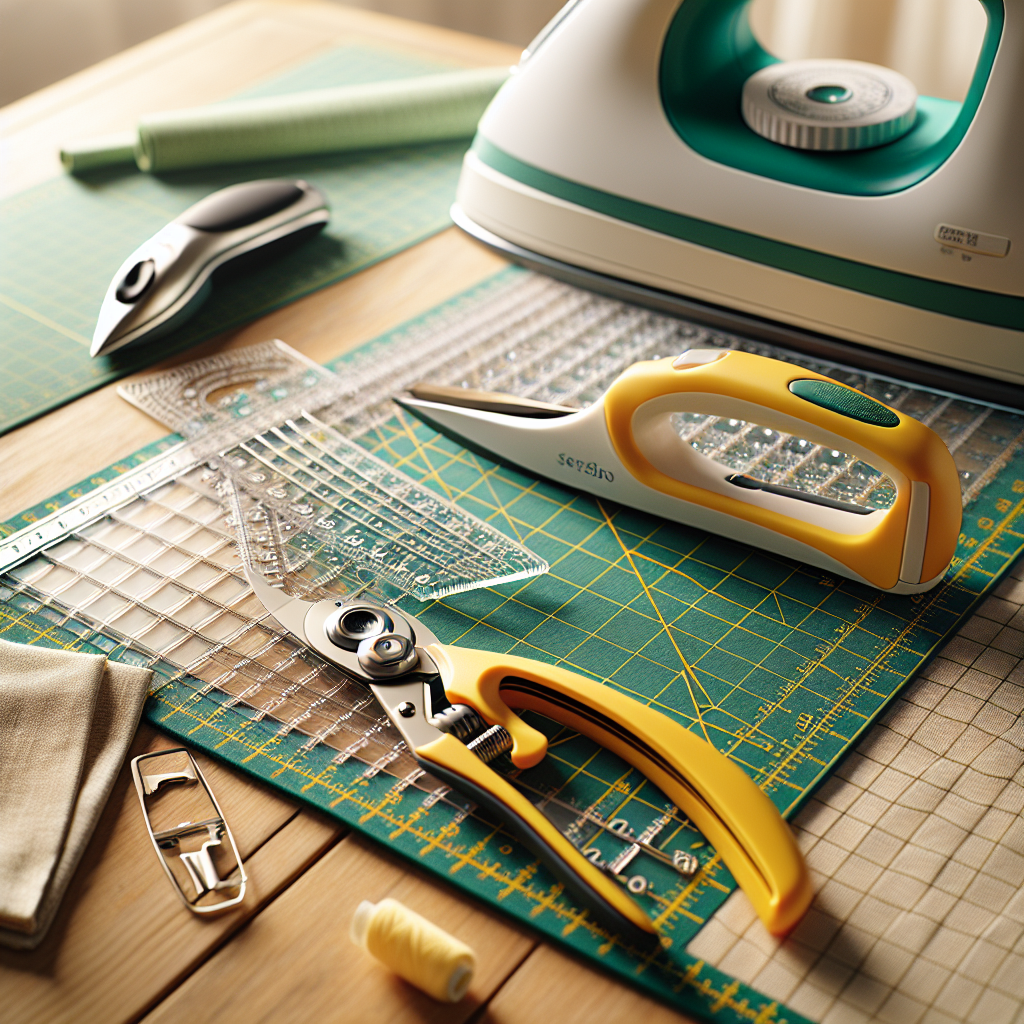
Choosing the right fabric is fundamental to the success of your quilting projects. Understanding the different types of fabric available can enhance your overall quilting experience and the quality of your finished product. Here are some common fabric types you should be familiar with:
- Cotton: This is the most popular fabric for quilting due to its durability, ease of handling, and vibrant prints. Cotton fabrics are available in various weights, making them suitable for different quilting techniques.
- Batiks: These are hand-dyed cotton fabrics known for their rich colors and intricate patterns. Batiks have a tight weave, making them ideal for detailed quilting.
- Flannel: Soft and cozy, flannel is perfect for quilts meant for warmth. It can be used alone or combined with other fabric types for added texture.
- Silk: Silk adds a luxurious touch to quilts and is often used for special occasion quilts. However, it requires careful handling due to its delicate nature.
- Polyester: While not as common as cotton, polyester blends can provide a wrinkle-free option and are often used in backing fabrics.
Understanding these fabric types will not only help you select the right materials for your projects but also allow you to experiment with textures and patterns. Knowing the properties of each fabric can influence your design choices and ultimately enhance your quilting skills.
Mastering Accurate Cutting Techniques
Accurate cutting techniques are crucial for achieving precision in your quilting projects. The way you cut your fabric can impact the overall look and fit of your quilt pieces. Here are several tips to help you master the art of cutting:
- Use a Rotary Cutter: A rotary cutter offers clean, straight cuts that are difficult to achieve with scissors. Pair it with a self-healing cutting mat and a clear acrylic ruler for the best results.
- Measure Twice, Cut Once: Always double-check your measurements before making any cuts. This simple mantra can save you from costly mistakes and wasted fabric.
- Cut with the Grain: Understand the grain of the fabric. Cutting along the straight grain will ensure your pieces remain stable and avoid distortion as you sew.
- Stack and Cut: When working with multiple layers, stack several pieces of fabric together for efficient cutting. Just be sure that all layers are aligned properly to maintain accuracy.
- Maintain Sharp Tools: Dull blades can lead to jagged edges and uneven cuts. Regularly replace your rotary cutter blades to ensure clean, precise cuts.
By implementing these cutting techniques, you can enhance your quilting accuracy and make the sewing process smoother. Ultimately, mastering accurate cutting will lead to a more professional-looking quilt.
Tips for Perfect Sewing Seams
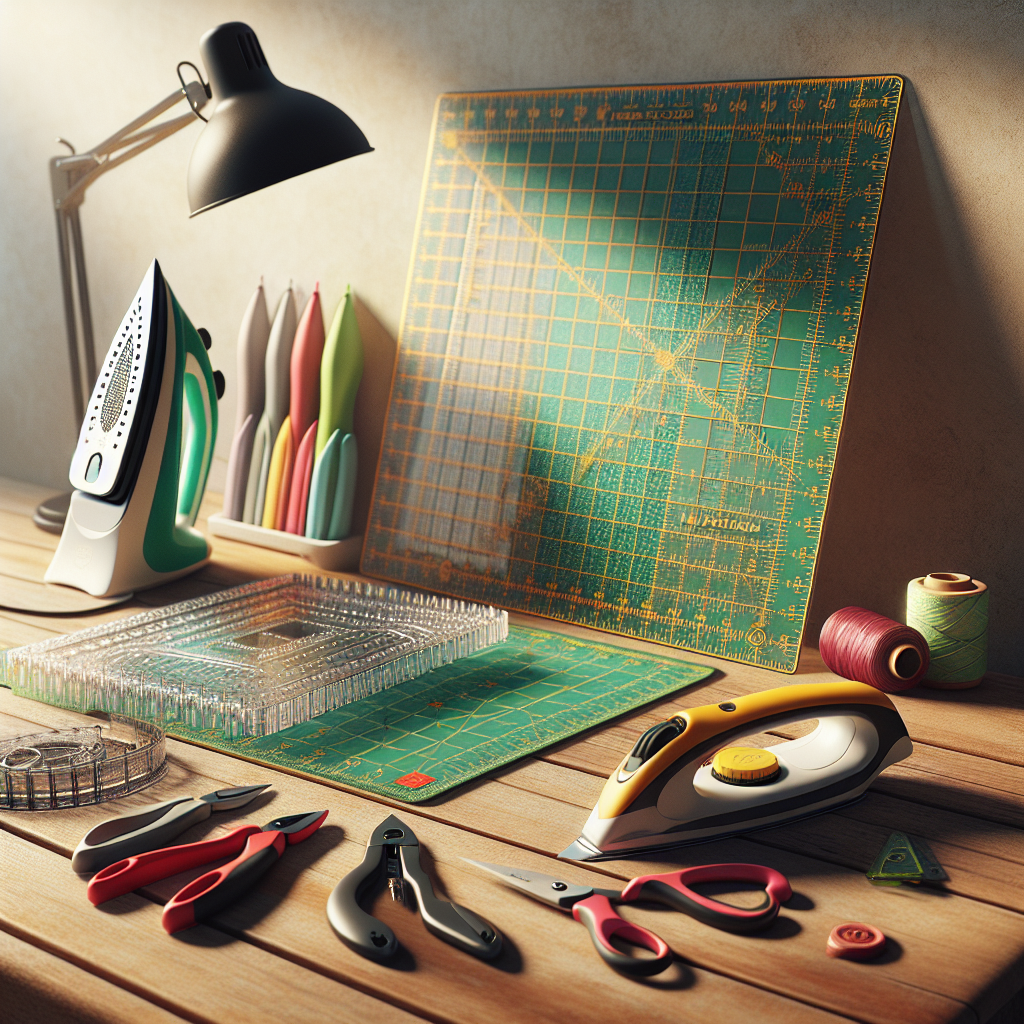
Sewing seams is a fundamental skill in quilting that significantly influences the durability and appearance of your project. To achieve perfect sewing seams, consider the following tips:
- Choose the Right Stitch: For quilting, a standard ¼-inch seam is typically recommended. However, always refer to your pattern for specific seam allowances. A consistent seam width is crucial for proper fit and alignment.
- Use Quality Thread: Invest in high-quality thread that matches your fabric. This not only enhances the overall look but also prevents breakage and fraying during sewing.
- Press as You Go: Pressing seams open or to one side as you sew helps to set the stitches and keeps the fabric flat. This reduces bulk and allows for more accurate subsequent sewing.
- Keep Your Fabric Aligned: Use a sewing guide or the edge of your presser foot to maintain alignment. Pinning your fabric pieces together before sewing can also help keep everything in place.
- Practice Consistency: Maintain a steady speed while sewing. A slow and controlled pace allows you to guide the fabric more accurately, reducing the likelihood of misaligned seams.
By implementing these seam sewing tips, you’ll ensure that your quilts not only look beautiful but also stand the test of time. Consistency and attention to detail in your seams are key to achieving that professional finish.
Effective Pressing Methods for Quilts
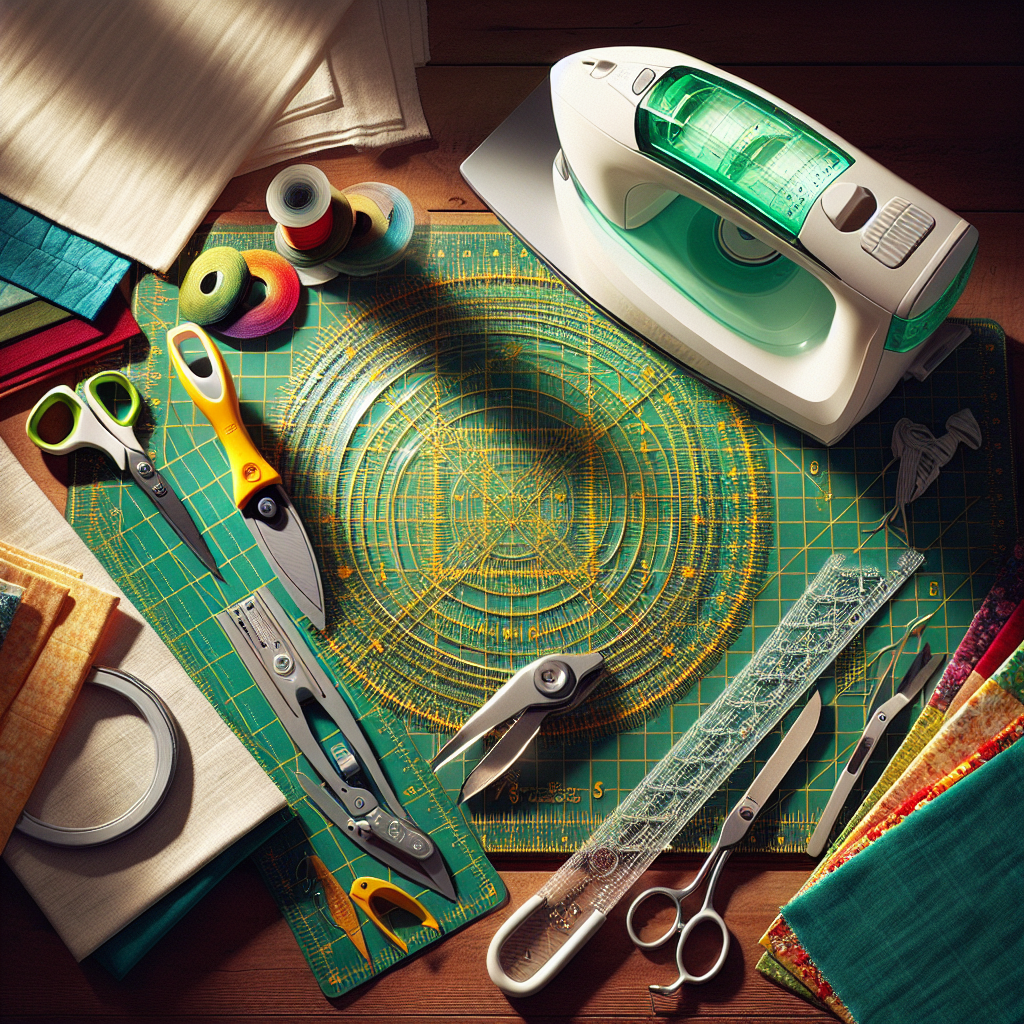
Pressing is an essential step in the quilting process that can greatly affect the final appearance of your quilt. Employing effective pressing methods ensures that your seams lie flat and your fabric maintains its shape. Here are some techniques to consider:
- Use the Right Tools: A quality iron with adjustable temperature settings is vital. Opt for a steam iron, as the steam helps relax the fibers in the fabric, making it easier to achieve crisp seams.
- Press, Don’t Iron: Instead of sliding the iron back and forth, lift and press it down onto the fabric. This technique prevents stretching and distorting the seams.
- Pressing Seams Open: For bulkier seams, especially in areas with multiple layers, pressing the seams open can help reduce thickness. This method creates a flatter finish and makes it easier to quilt over.
- Use a Pressing Cloth: When working with delicate fabrics or those that may be prone to scorching, place a pressing cloth between the iron and the fabric. This protects the fabric while still allowing for effective pressing.
- Incorporate a Tailor’s Ham: A tailor’s ham is a stuffed shape that helps you press curved seams effectively. It is particularly useful for areas such as armholes and necklines in quilted garments.
By mastering these pressing methods, you’ll enhance the overall quality of your quilting projects. Proper pressing not only improves the fabric’s appearance but also contributes to a more professional-looking finish.
Common Quilting Mistakes to Avoid
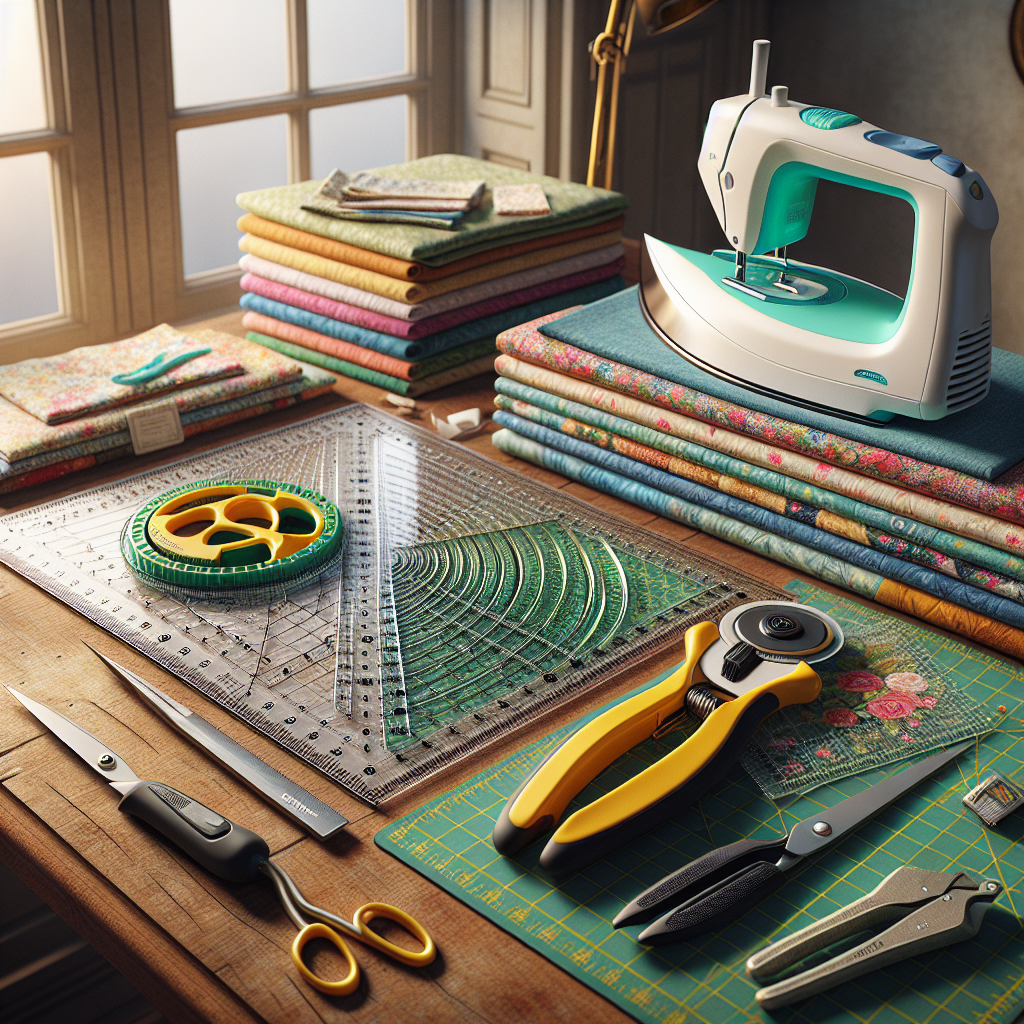
Every quilter, from beginners to seasoned pros, can make mistakes that impact their projects. Understanding and avoiding these common pitfalls can save you time and frustration. Here are some typical quilting mistakes to watch out for:
- Ignoring Fabric Grain: Always pay attention to the grain of the fabric. Cutting your pieces against the grain can lead to distortion and affect how your quilt hangs.
- Inaccurate Cutting: Precise cutting is crucial for a well-constructed quilt. Invest in a good rotary cutter and cutting mat, and always double-check your measurements.
- Not Using a 1/4-Inch Seam Allowance: The standard seam allowance for quilting is 1/4 inch. Using a different seam allowance can cause your pieces not to fit together properly, resulting in a misaligned quilt.
- Neglecting to Press: Skipping the pressing step can lead to bulky seams and an uneven quilt top. Press as you go to keep everything flat and neat.
- Underestimating the Importance of Basting: Basting your quilt layers together is essential. It prevents shifting while quilting and ensures that your quilt will have an even finish.
By being aware of these common mistakes, you can enhance your quilting skills and create beautiful quilts with greater ease. For more insights and tips on quilting, visit our website to learn more and get started today!
